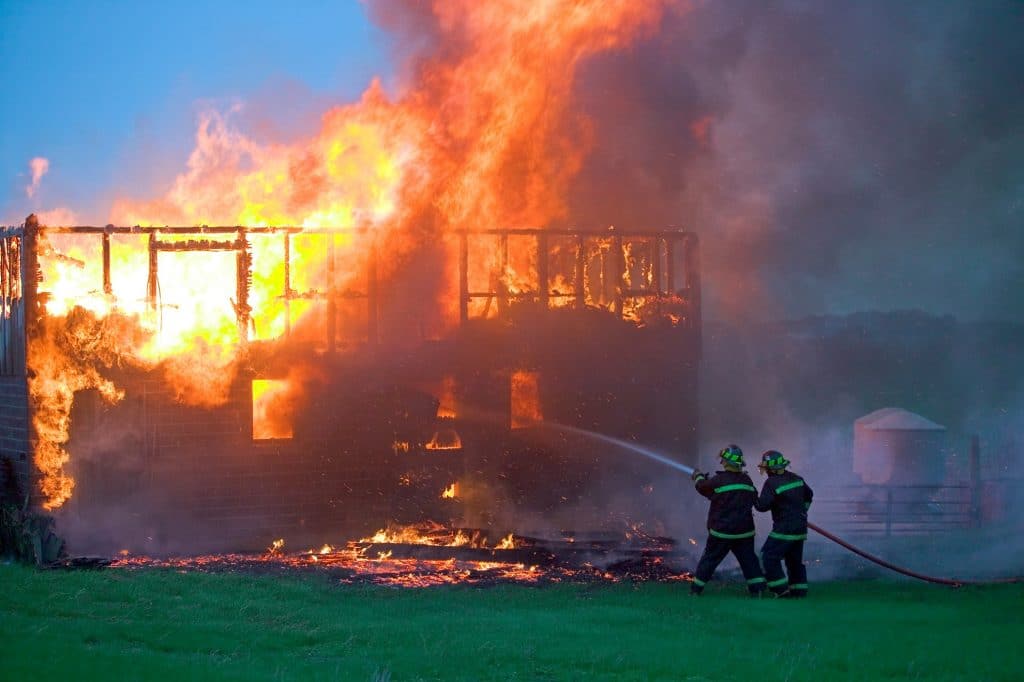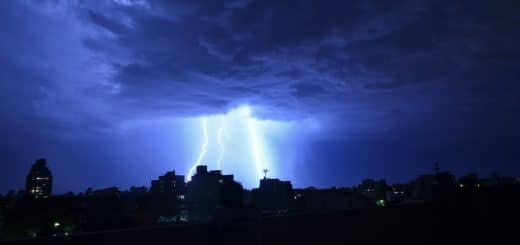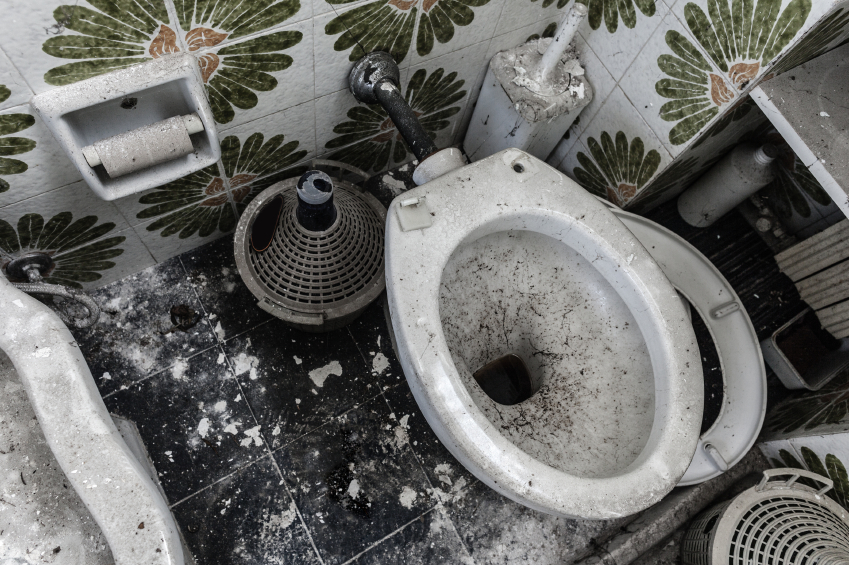Steps to Take After Your Home Has Been Damaged by a Fire

Fire damage restorers offer pack out services so that items can be cleaned offsite
A home fire is a devastating event—sentimental items, furniture, appliances, and electronics will be scorched by the flames. The fire itself will cause damage, but so will the smoke, sootSoot is fine black particles composed of carbon and other ma... More, and water from fire hoses. Homeowners can take the following steps to recover from a home fire.
Fire officials who respond to the home fire will put out the fire using water from fire hoses. The large gush of water forced into the property will turn furniture and carpeting into a soggy mess. Items a homeowner wants to salvage and reuse will have to be carefully cleaned.
Firefighters may also break windows and cut holes in the rooftop in order to control the fire. Cutting holes in the roof, for example, slows the growth of flames and reduces the dark smoke that makes visibility difficult for fire officials on the scene.
Homeowners must be aware of the risks to their health and safety once the fire is extinguished. Dirty water left behind after the fire is put out may be contaminated. SootSoot is fine black particles composed of carbon and other ma... More can be harmful to human and pet health. The fire damaged home will be unstable until it is restored.
Step 1: Seek temporary shelter
Entering a fire damaged home before officials deem it safe is dangerous. Rather than risk personal safety, the family should find a safe place to stay temporarily. Consider remaining with friends or family. Or contact local disaster relief agencies, like the American Red Cross, for help.
Other places to find help with shelter needs include the Salvation Army. Families that belong to local religious organizations may find support in faith groups. Public health agencies, like the public health department, can help. Or contact the state or municipal emergency services office.
Step 2: Contact homeowner’s insurance
Contact the insurance company and ask them for next steps. The homeowner should also start a fire damage claim. The insurance company will recommend trustworthy companies that are qualified to restore the fire damaged home. Ask the insurer if restorationRestoration is the process of returning a property to its pr... More costs are covered under the policy.
Upon speaking with an insurance agent, keep detailed records of the conversations to avoid miscommunications later. Record damage to the home with photographs, videos, and notes, which serve as evidence for insurance purposes. The insurer will send an adjustor to assess the fire damage.
Step 3: Protect the property
Since the homeowner will not be living at the fire damaged home for an indefinite period, it is important to protect it from pests, thieves, and inclement weather. Board up windows and doors to prevent unlawful entry. Contact the local police to let them know no one will be home.
Fire officials may turn off or disconnect the water, gas, and electricity, if they determined the utilities are unsafe to use after the fire. Homeowners are advised to avoid turning on the utilities themselves. Rather, wait for officials to confirm the utilities are safe to use once again.
Step 4: Contact a restoration service
A licensed fire damage cleanup service offers the expertise and professional equipment to successfully restore a fire damaged home. Choose a restorationRestoration is the process of returning a property to its pr... More service that also specializes in reconstruction, since rebuilding the home, in addition to cleaning up the sootSoot is fine black particles composed of carbon and other ma... More and smoke, will be necessary.
Fire damage specialists from the restorationRestoration is the process of returning a property to its pr... More company are qualified to assess damaged belongings and determine which are salvageable. Some fire damaged items will have to be replaced instead of restored. Fire damage restorers also offer pack out services so that items can be cleaned offsite.
Step 5: Save receipts
While the home undergoes fire damage restorationFire damage restoration is the process of repairing and rest... More, it is important that homeowners save all receipts for expenses related to the fire loss. These receipts will be used by the insurance company to prove the losses claimed on the homeowner’s income taxes.
A homeowner who is recovering from the fire loss may be eligible for special benefits; check with the Internal Revenue Service (IRS) or an accountant for more information. Also contact the mortgage company or landlord to report the home fire.
Step 6: Address mental health
Homeowners who face a fire damaged home will feel a distressing sense of loss. It will be emotionally and financially difficult to cope with the destruction. Children, too, will feel traumatized by the loss. Patiently work through the stress and seek out support if coping becomes difficult.
A home fire can occur in the blink of an eye. Cooking fires, electric fires, and other types of common fires can happen at any time. Being a homeowner requires knowing how to respond to a home fire and taking the right steps to facilitate a full recovery.
When a home is affected by a fire, homeowners should call a local fire damage restoration company. Experienced technicians arrive quickly to assess the fire damage, begin the efficient restorationRestoration is the process of returning a property to its pr... More process, and mitigateTo mitigate is to reduce or limit the severity of damage, ri... More the spread of smoke and sootSoot is fine black particles composed of carbon and other ma... More damage.
Emergency pre-cleaning is critical during the first 24 hours after the home fire. This first step prevents permanent damage to materials, like metal. Content pack out services are convenient for fire damaged belongings that must be stored in a secure, climate-controlled, offsite location.
Experienced technicians are skilled in content cleaning. They restore and deodorize goods, like clothing and electronics. Walls and ceilings are cleaned using high-tech equipment; sootSoot is fine black particles composed of carbon and other ma... More, smoke, and odors are fully removed. Lingering odors are eliminated with quality deodorization services.













Fire must be one of the worst things to happen especially if everything literally goes up in smoke. House and property can be rebuilt or rebought but nothing can replace items which are part of your life story.
Good information. Hope I will never have to use it though! 🙂
What a helpful article! Will definitely keep this handy, hoping I’ll never need it! Thanks!
Looks like I’ve already commented!